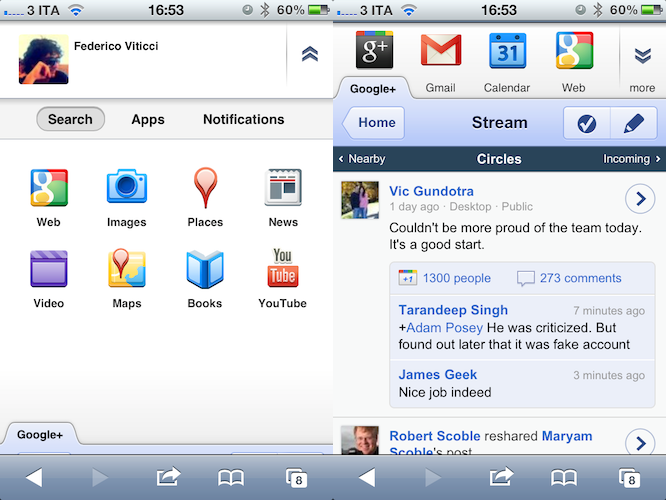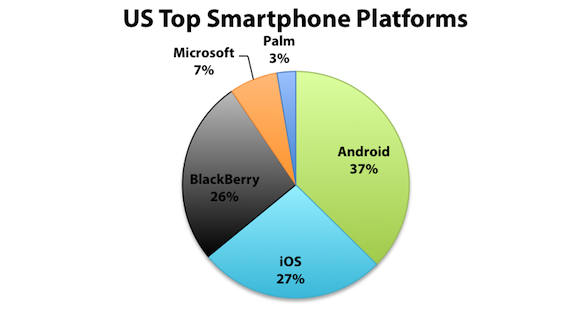Photovine, an image sharing service with a strong social component that is trademarked and registered by Google, has released its first official iPhone app in the App Store, which is available now for free. Described as a “fun way to learn more about your friends, meet new people, and share your world”, Photovine is backed by a beautiful user interface design to share your moments and photos with your friends, and watch other photo replies coming into your social stream. Photovine is developed by Google’s subsidiary Slide, which has also created other apps for Google like Disco and Pool Party. Photovine revolves around the concept of adding a tag (or caption) to a photo, and explore other photos with that specific tag in the “photovine”.
Details are scarce for now, but the iTunes description reports:
It all starts with what we call a photovine: a group of photos around a single, shared caption. Start a new vine with a photo and caption of your own or add your photo/take on someone else’s vine.
Photovine is invite-only for now, and upon first launch the app will ask you to enter an email address to use the service – this has to be the same email address you received an invite to. You can request an invite at Photovine.com, and we’ll update this story with more details once we get the chance to try the app. In the meantime, you can check out the teaser video after the break. [via iClarified]
Read more










